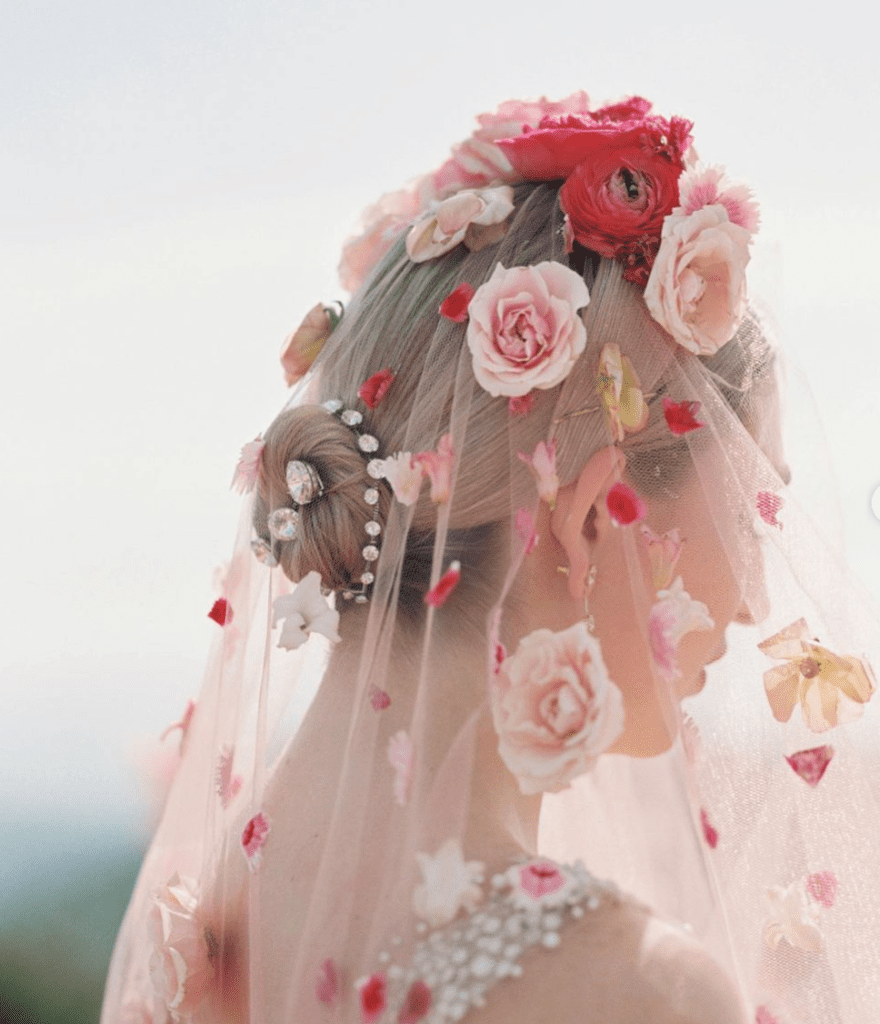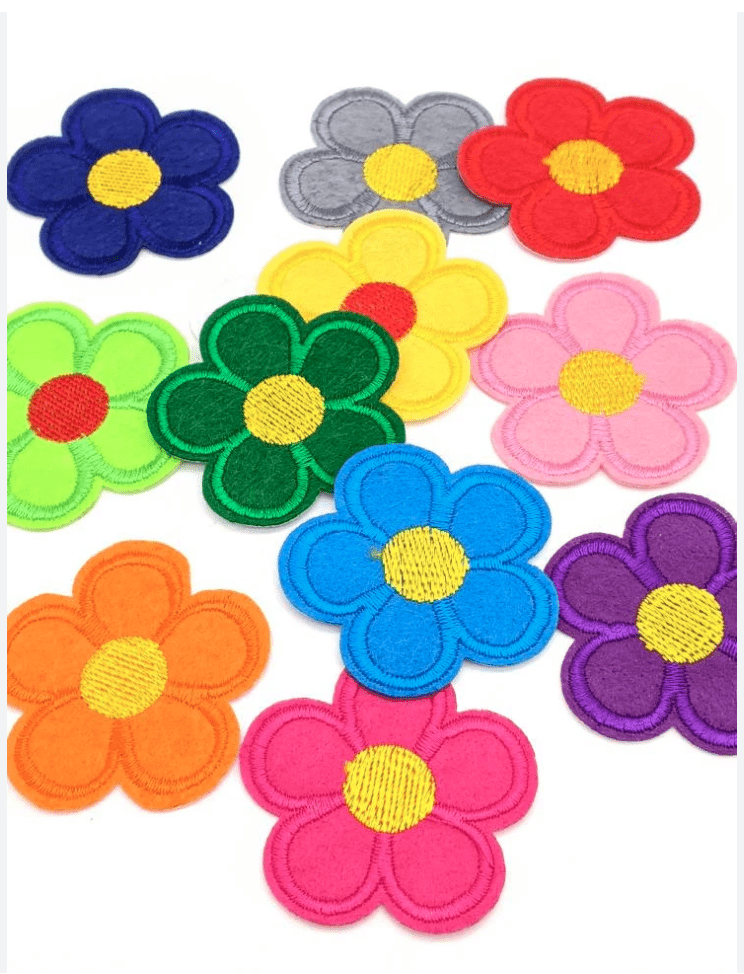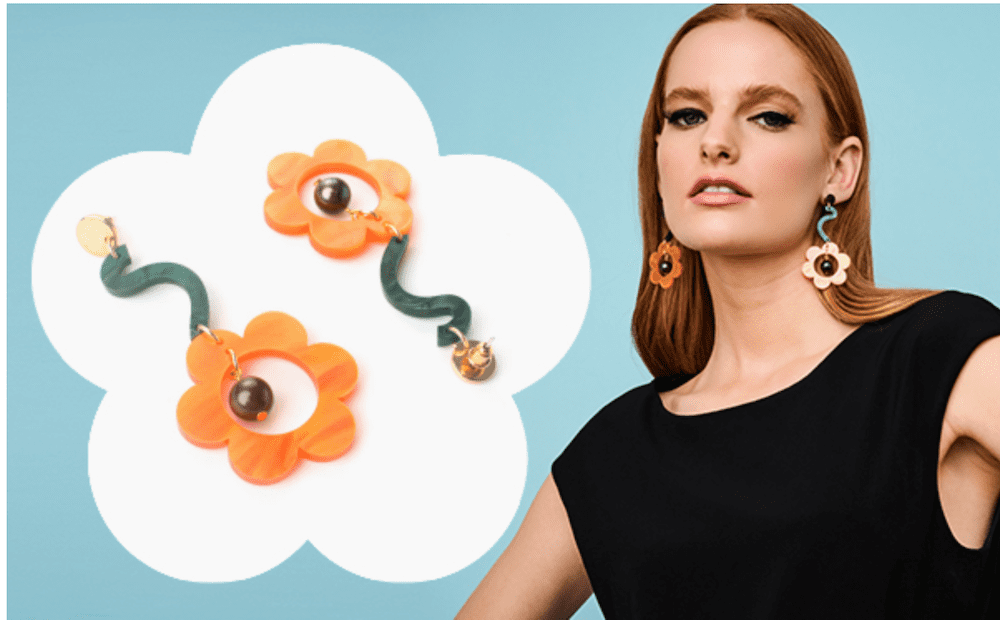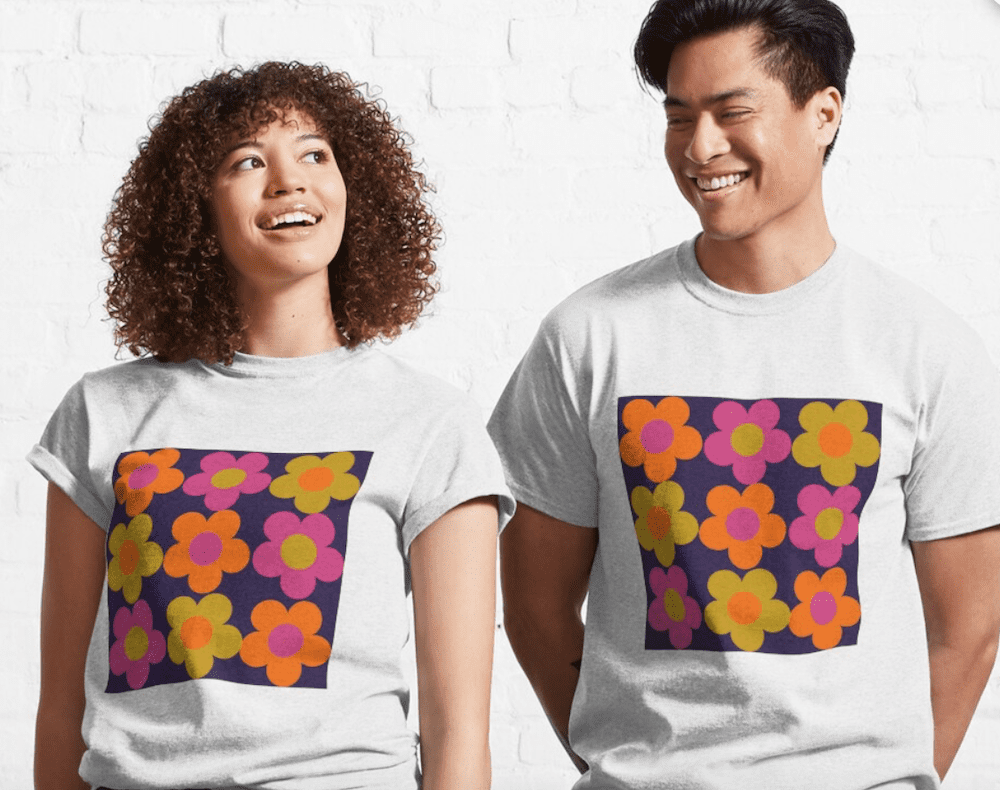RIP Mary Quant – Innovator of Flower Daisy and Miniskirts
By Jill Brooke

RIP Mary Quant who died at 93.
Mary Quant was a British fashion designer and fashion icon. What we love her for is making the daisy a fashion statement.
Quant became an instrumental figure in the 1960s London-based Mod and youth fashion movements. She was one of the designers who took credit for miniskirts and hotpants. As Ernestine Carter wrote: “It is given to a fortunate few to be born at the right time, in the right place, with the right talents. In recent fashion, there are three: Chanel, Dior, and Mary Quant.”

Dawn Weisberg, the star floral designer behind Tularosa Flowers, who worked as a costume designer for 20 years prior to opening her floral events company, says Quant still influences today.
“I always love when fashion and flowers collide,” says Weisberg. “She was a trendsetter. And just look how floral appliqués are all over the runways this year for bridal, from gowns to veils and everything in between.” In fact, fresh flowers – including daisies are being used in many hat designs as well.

Lisa Armstrong, the fashion director of the Daily Telegraph, wrote a tribute that so encapsulates Quant’s spirit and influence.
“All hail Dame Mary Quant – the woman who dragged Britain out of its 1950s dreariness, and popularised the mini skirt.
Her first job was working in a millinery shop next to Claridge’s – then designing the hats: “We all got high on the cow glue we used.,” she told Armstrong. It was the only illegal substance she ever inhaled
She met her urbane husband, Alexander Plunkett Greene, in 1953. He was carrying a trumpet in one hand, a film script in the other. On an early date, he wore a dinner jacket, collar, and cuffs, but no shirt. “Too broke. He painted studs down his very white chest and put on a bow tie.” What woman could resist, especially when he painstakingly shaved the hair on her nether regions into a heart shape a good 50 years before that kind of behavior went mainstream?

There’s no doubt that, together, Quant and APG were the most brilliant publicists British fashion had seen. These two had gone viral by 1962. It began with the opening of Bazaar, her first shop on King’s Road, in 1955, above his restaurant (“There were lots of bombed-out basements in those days, but hardly anywhere good to eat”). The gamine gingham dresses sound tame, if remarkably contemporary, but it was the length – or lack thereof – that had people banging on the windows in disgust. “I think they sensed that it was about youth and a new generation and that scared them. And don’t forget there was nothing else then. Fashion was for the elite. You went to Paris to the couture houses, or you tore pictures out of magazines and tried to find a dressmaker who could more or less copy them. Rationing had only just been phased out. The last big thing had been Dior’s New Look, and if you want the honest truth, that never really took off. It was just too restricting.”
Mary, writes Armstrong, was “a total one-off.”

Just look at the recent awards shows. Quant’s influence in fashion lives whenever you see miniskirts on the red carpet. In-home decor, her fabrics are still popular. Redbubble.com has a whole series of products inspired by Quant. Furthermore, Toolally is another place to visit for jewelry that captures the 60’s flower power spirit. Plus there is the make-up and shoes.

And any time the graphic daisies pioneered by Mary Quant appear in designs, or even perfumes, I will think of her lasting contributions to fashion and floral designs. Afterall, as she said, “the point of fashion is to never get bored looking at someone.”

Jill Brooke is a former CNN correspondent, Post columnist and editor-in-chief of Avenue and Travel Savvy magazine. She is an author and the editorial director of FPD and a contributor to Florists Review magazine.
